I got this echinacea from a small nursery that could not tell me the exact latin and cultivar name of this species, except that they got seeds by a special order from abroad. To their credit, I had never seen such one!

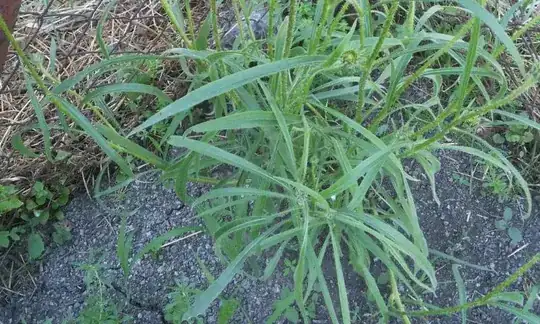
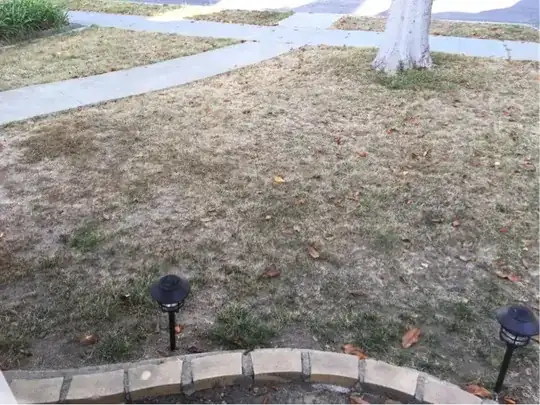
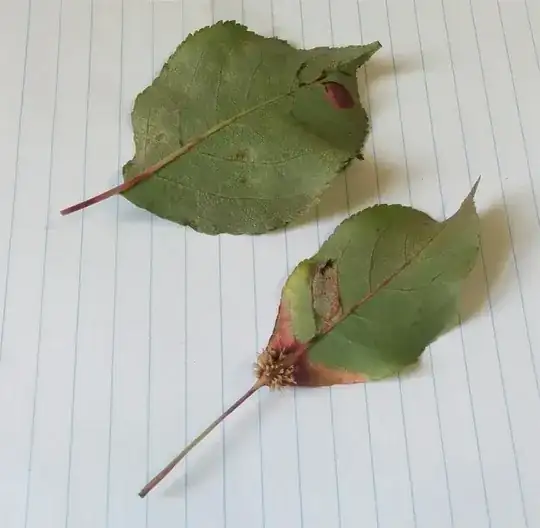

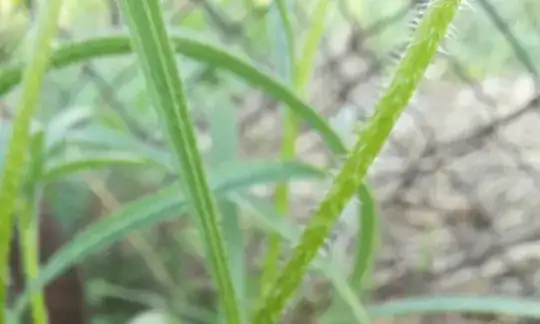
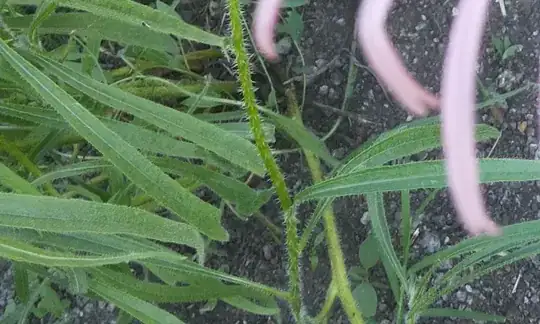
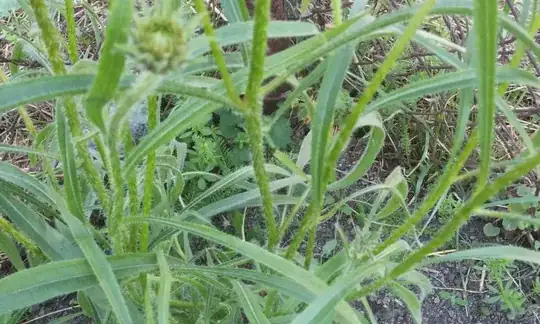
UPDATE:
The pollen was almost white, so this pointed to pallida. However, I collected the seed, and they look like regular Echinacea purpurea seed, but are smaller, and whitish. Actually, the color is more similar to simulata seed color. (head-banging-against-the-wall)